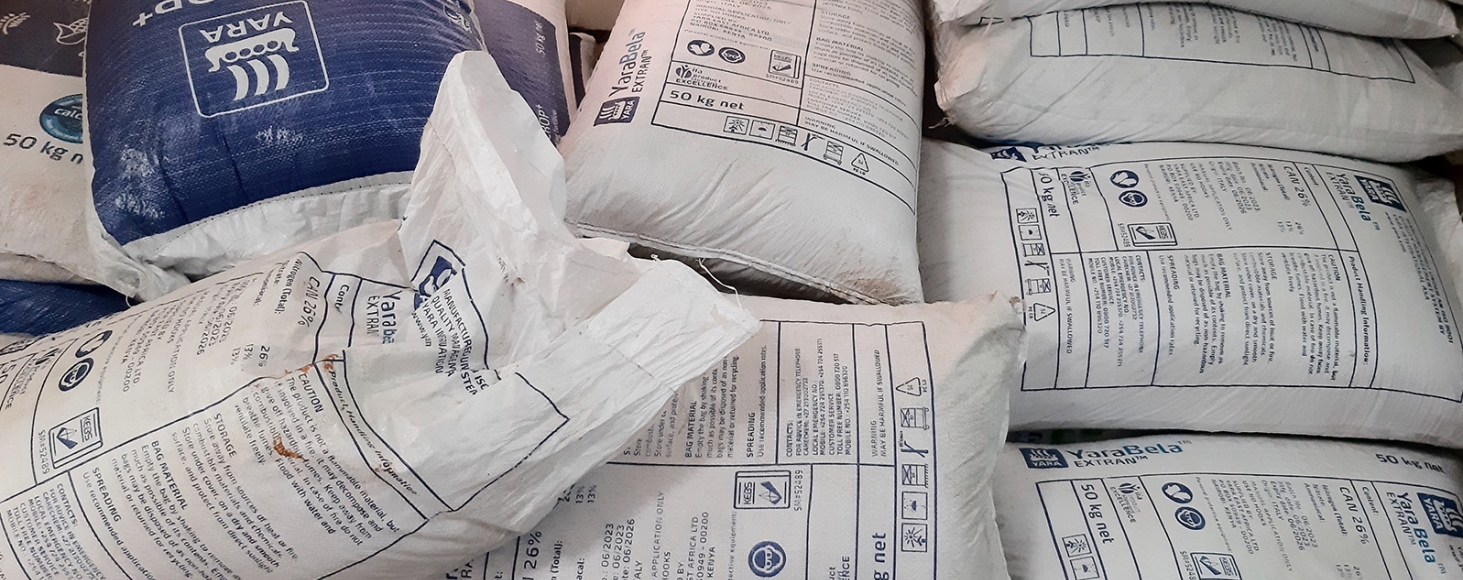
Agriculture productivity in Uganda is held back by low usage of fertilizers and other productivity-enhancing technologies, especially on small- and medium-scale farms. While large-scale farms purchase fertilizers at competitive prices directly from suppliers, supply to small- and medium-scale farms is highly inefficient. This is partly due to low demand by this market segment, resulting in high prices. In addition, the fertilizer industry suffers from arbitrary policy and regulatory constraints that limit its operations and growth.
The FCDO funded Northern Uganda-Transforming the Economy through Climate-Smart Agribusiness Market Development (NUTEC-MD) program sought expertise to size fertilizer demand by farmer typologies, carry out a market analysis to understand industry dynamics and value chain actors better, and make actionable recommendations for addressing the low usage of fertilizers.
